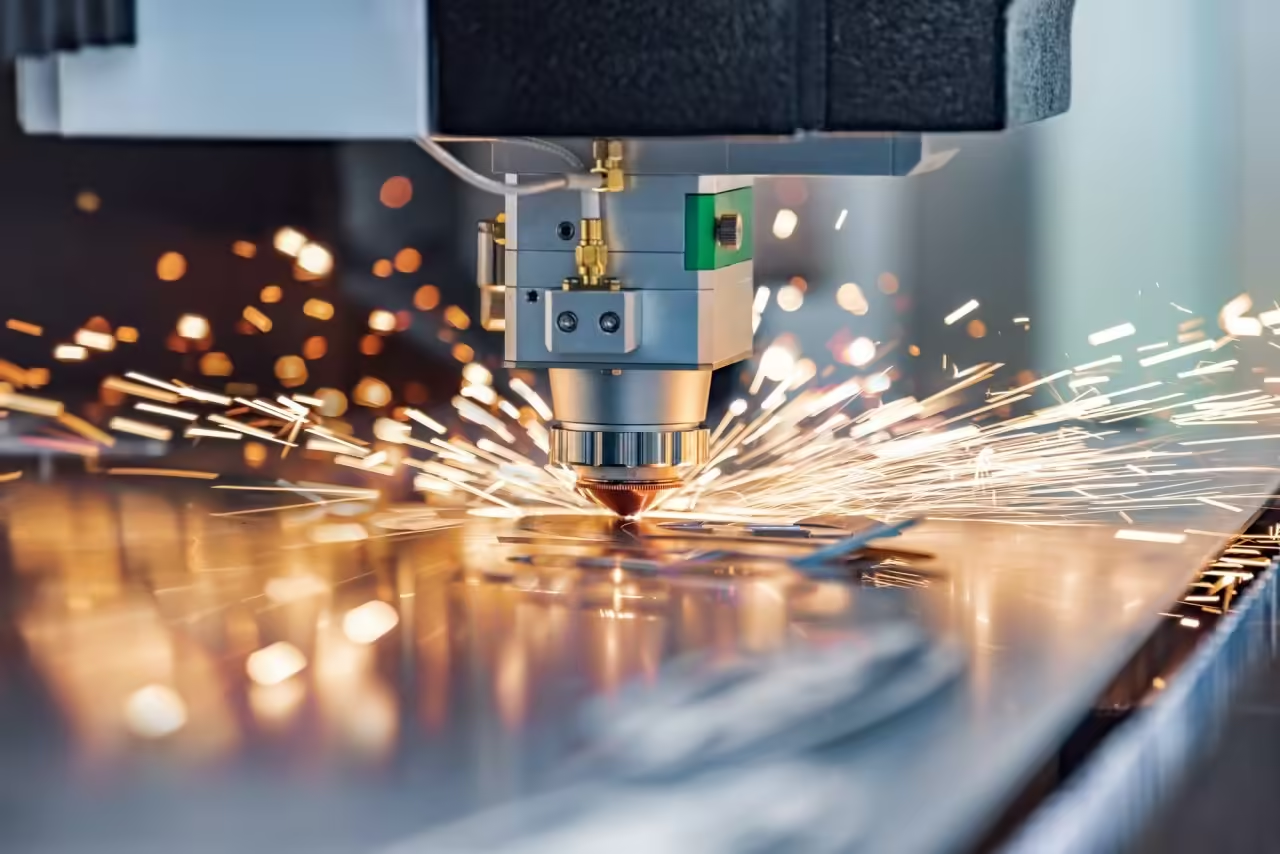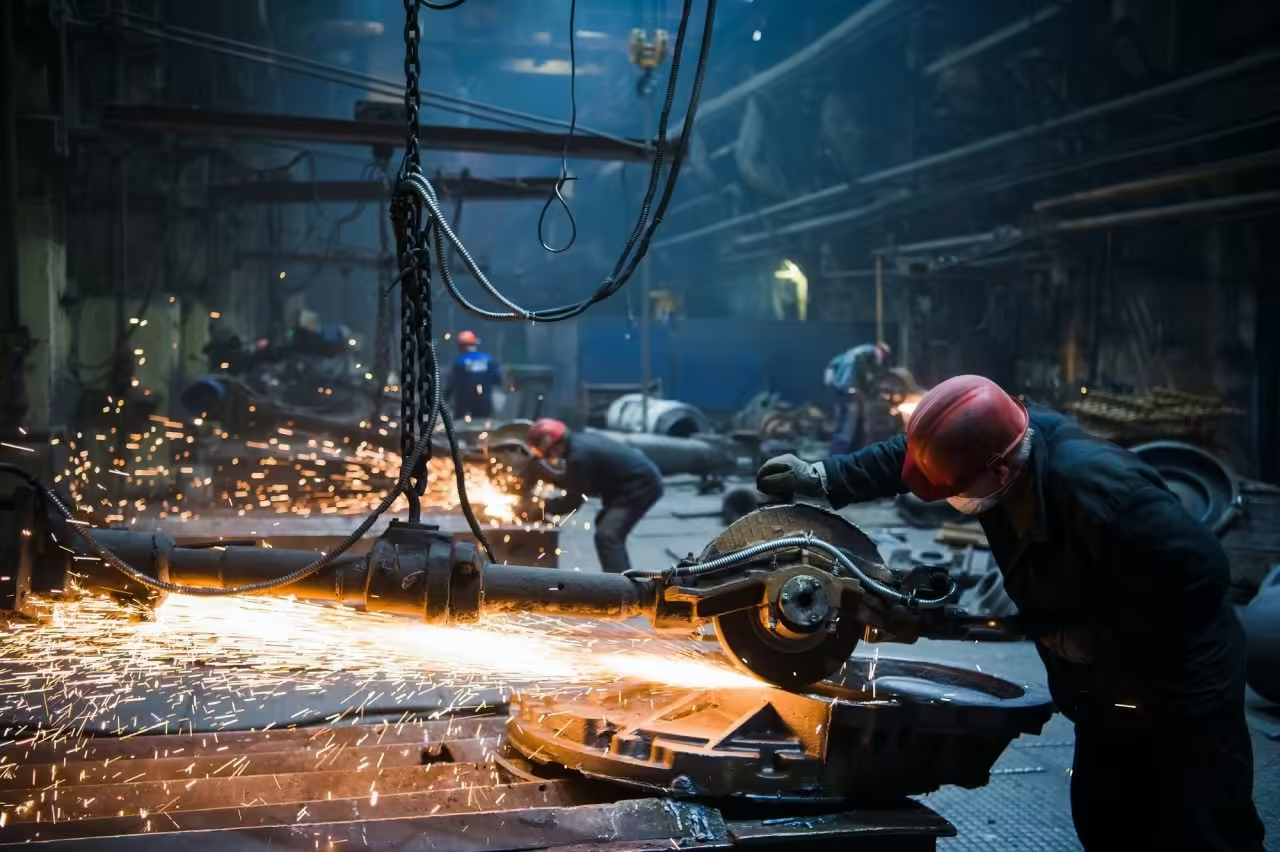Introduction
In the fast-paced environment of modern industry and logistics, mobile conveyors have become indispensable tools that streamline material handling across various operations. As flexible and mobile alternatives to traditional belt conveyors, they play a pivotal role in transporting bulk and packaged goods efficiently. This blog post explores the definition, operational principles, types, features, applications, and key considerations for selecting mobile conveyors, aimed at helping businesses make informed decisions.
I. Definition and Working Principle
1. Definition
Mobile conveyors are flexible material handling equipment designed for environments where loading/unloading locations frequently change. They are widely used in ports, warehouses, construction sites, and manufacturing facilities to transport bulk materials (like sand or coal) and packaged goods. Their defining feature lies in their mobility — they can be relocated quickly using wheels or tracks, adapting seamlessly to evolving operational needs.
2. Operational Principle
Key Components:
Electric Drive System: Operated by electric motors connected to roller shafts, enabling continuous, efficient transport.
Adjustable Height Mechanism: Most models feature electric lift systems (enhanced safety compared to manual cranks), allowing height adjustments.
Mobility Features: Equipped with wheels or tracks for relocation; tilt angles can be adjusted manually or electronically for incline/decline operations.
II. Types of Mobile Conveyors
Mobile conveyors are classified based on their functionality and belt design:
ClassificationDescriptionBy Lifting Mechanism- Adjustable Height: Equipped with hydraulic or electric lifts for variable-height operations
– Fixed Height: Simplified design with rigid structure, ideal for consistent height needs.By Belt Type- Flat Belt: General-purpose transportation of packaged items & bulk materials.
– Chevron Belt: Anti-slip textured surface for handling coal, ore, or other granular materials.
– Side-Wall Belt: Reinforced edges to contain powder/aggregate, crucial in food safety or powder processing.
III. Key Features and Benefits
1. Flexibility and Mobility
Rapid relocation allows quick adjustments between workstations/stages, reducing downtime in dynamic environments (e.g., port container handling or warehouse reconfigurations).
2. Ease of Operation
Simplified controls with electric hoists and wheeled designs make setup intuitive even for operators with minimal technical expertise.
3. Adaptability
Customizable to meet specific material traits and safety standards, including explosion-proof versions for hazardous environments (e.g., chemical/pharmaceutical sectors).
4. Efficiency Boost
Speed adjustments (low-speed for precision packaging vs. high-speed for bulk unloading) optimize workflows without compromising product integrity.
5. Labor Reduction
Automated lifting and portable features cut manual labor by 50%+ compared to static conveyors (source: Industrial Automation Review 202X).
IV. Applications Across Industries
1. Logistics & Warehousing
Used for high-speed sorting in e-commerce distribution hubs and seamless truck-to-warehouse transfers at fulfillment centers. Example: Amazon deploys mobile conveyors to minimize manual handling during peak seasons.
2. Construction Sector
Handles bricks, mortar, and steel reinforcements at building sites; adjustable heights facilitate vertical material transport between floors during construction.
3. Ports & Shipping Terminals
Essential for rapid unloading of bulk cargo (coal, grain) from ships to storage units, reducing vessel turnaround time by 30%+. Case Study: Rotterdam Port reported enhanced efficiency post-implementation.
4. Food & Pharmaceuticals
Requires FDA-compliant, sanitized designs with smooth surfaces to prevent contamination. Key features: easy disassembly for cleaning and stainless-steel hygienic components.
V. Selection Guidelines
When choosing a mobile conveyor, evaluate the following parameters:
1. Throughput Capacity
Determine required hourly output: Bulk materials demand wider belts (≥800mm) and faster speeds (1.5-2.5 m/s), while precision items necessitate slower speed controls (0.5-1.0 m/s).
2. Conveyor Length & Incline
Assess horizontal transport distance and elevation changes. Long-distance applications favor modular designs, while steep inclines require extra motor torque.
3. Material Characteristics
Consider bulk density, abrasiveness, and moisture:
Fragile Products: Opt for rubberized belts with shock absorbers.
High-Abrasion Loads: Choose abrasion-resistant vulcanized belts.
4. Environmental Conditions
Outdoor use mandates IP55-rated enclosures with UV-resistant covers; humid areas require stainless-steel frames to resist corrosion.
5. Compliance Standards
Industry-specific requirements (e.g., HACCP for food, ATEX for explosive dust) dictate additional certifications essential for regulatory approval.
VI. Conclusion
Mobile conveyors are transformative tools for optimizing material flow across industries, combining mobility, efficiency, and customizability. Businesses must align conveyor specifications with their unique demands—evaluating throughput needs, terrain constraints, and material sensitivities—to unlock maximum ROI. As automation integrates further into logistics workflows, mobile conveyors will remain central to innovation in industrial efficiency.
Actionable Insight: Consult with manufacturers to generate tailored ROI models based on your specific operational scenarios.




